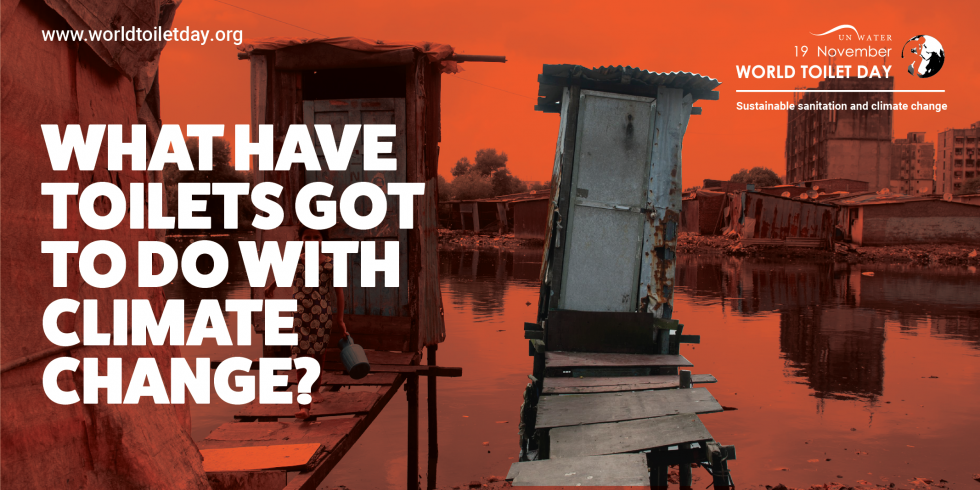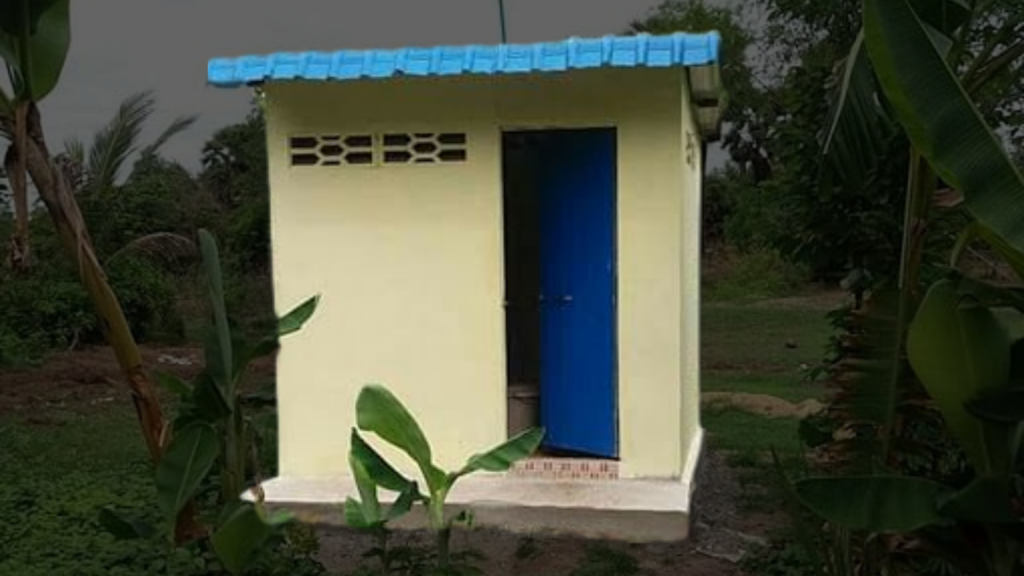World Toilet Day 2020 focuses on sustainable sanitation and climate change. Learn more about this year’s theme and how each one of us can engage in World Toilet Day 2020 campaign
We use them every day – at home, school, work, restaurants, shopping malls – yet we seldom talk about them. The silence around the issue of toilets and sanitation has deadly consequences.
World Toilet Day, celebrates toilets and raises awareness of the 4.2 billion people living without access to safely managed sanitation. It is about taking action to tackle the global sanitation crisis and achieve Sustainable Development Goal 6 : water and sanitation for all by 2030.
This year the World Toilet Day 2020 focuses on sustainable sanitation and climate change. Climate change is getting worse. Flood, trough, and rising sea levels are threatenings sanitation systems – from toilets to septic tanks to treatment plants. Everyone must have sustainable sanitation, alongside clean water and hand washing facilities, to help protect and maintain our health security and stop the spread of deadly infectious diseases such as COVID-19, cholera, and typhoid.
Sustainable Sanitation
So what does a sustainable sanitation system look like ? Sustainable sanitation begins with a toilet that effectively captures human waste in a safe, accessible and dignified setting. The waste then get stored in a tank, which can be emptied later by a collection service, or transported away by pipework The next stage is treatment and safe disposal. Safe reuse of human waste helps save water, reduces and captures greenhouse gas emissions for energy production, and can provide agriculture with a reliable source of water and nutrients.
How do toilets protect our health ?
4.2 billion people live without access to safely managed sanitation. Instead they often use unreliable, inadequate toilets or practice open defecation. untreated human waste gets out into the environment and spreads deadly and chronic diseases. Sustainable sanitation systems, combined with the facilities and knowledge to practice good hygiene, are a strong defence against COVID19 and future diseases outbreaks.

What have toilet got to do with climate change ?
The effects of climate change threaten sanitation systems – from toilet to septic thanks to treatment plants. For instance, floodwater can damage toilets and spread human waste into water suppliers, food crops, ad people’s homes. These incidents, which re becoming more frequent as climate change public health emergencies and degrade the environment.
How can toilets help fight climate change ?
Globally, 80% of the wastewater generated by society flows back into the ecosystem without being treated or reused. Wastewater and sludge from toilets contain valuable water, nutrients and energy. Sustainable sanitation systems also make productive use of waste to safely boost agriculture and reduce and capture emissions for greener energy.
What does a sustainable sanitation system look like ?
Sustainable sanitation begins with a toilet that effectively captures human waste in a safe, accessible, and dignified settings. The waste then get stored in a tank. which can be emptied by a collection service or transported away by pipework.
The next stage is treatment and safe disposal. Safe reuse human waste helps save water, reduces and captures greenhouse gas emissions for energy production, and can provide agriculture with a reliable source of water and nutrients.
Learn more about this year’s theme and how to engage in the World Toilet Day 2020 campaign here.
Also Read :
Global Handwashing Day : Water and Soap for Everyone Everywhere


